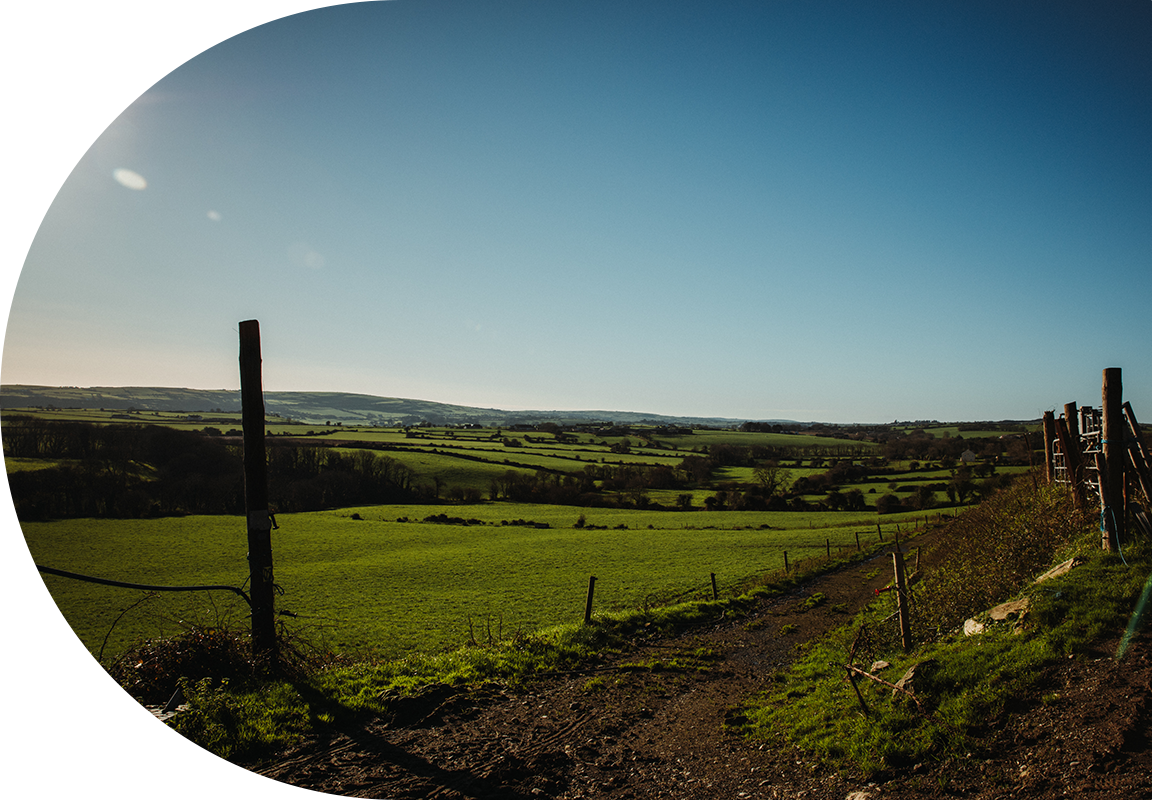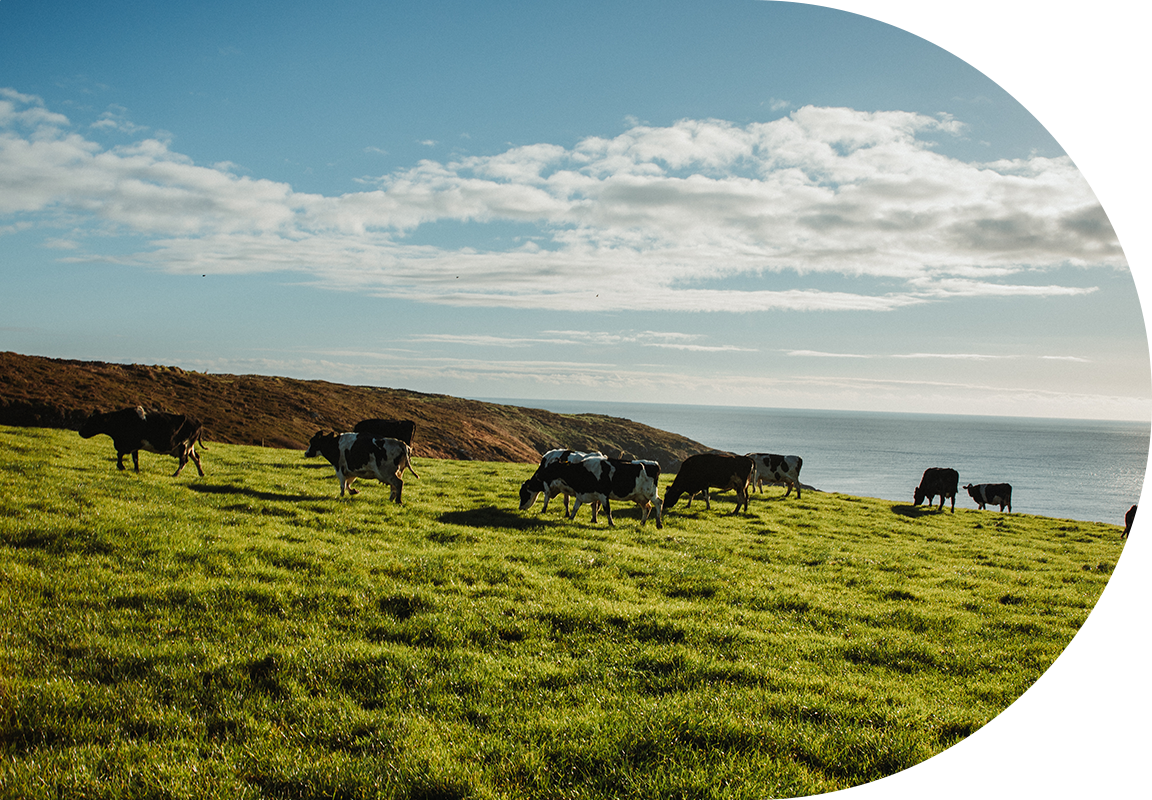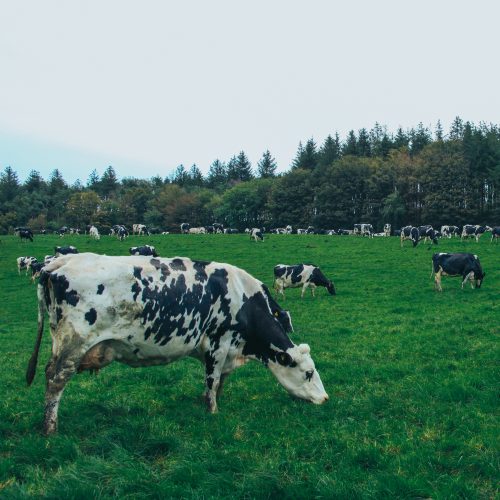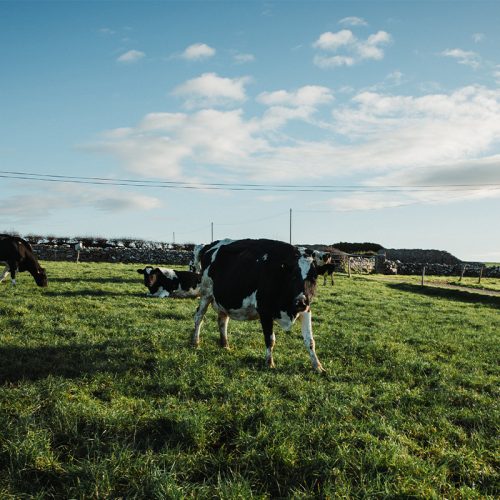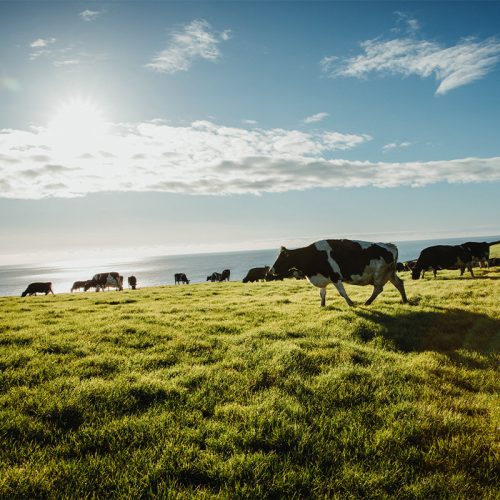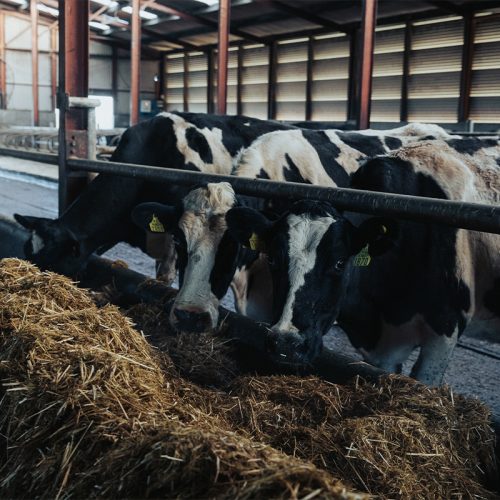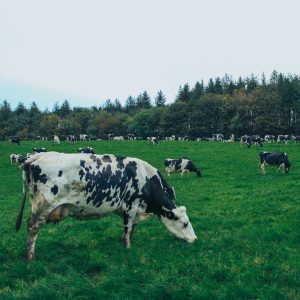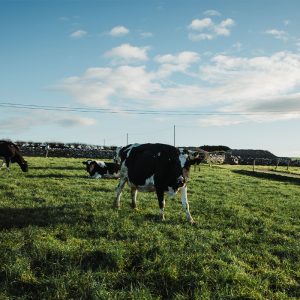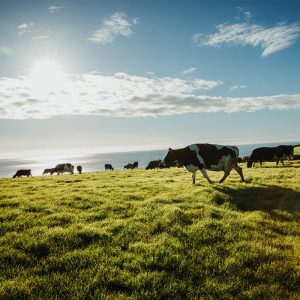These dairy farms go back generations and are run by families that have a deep connection to the land and a passion for their craft.
Local Co-Op brings farmers together
The dairy farmers of Five Farms are members of a local dairy Co-op of over 500 farms. The Co-op helps guarantee that all farms within the group get a fair price for their output and provides a supportive community for the farmers.
Dairy farming can be a solitary profession, marked by endless hours tending to the herd and to the land. Today’s farming families are less likely to be surrounded by neighbors who also manage farms, creating a greater risk of isolation for modern farmers. The Co-op has worked to combat this by forming discussion groups that bring farmers together each month to discuss best practices and form bonds with one another, promoting camaraderie among farmers who have such a shared experience but may not have otherwise connected.

